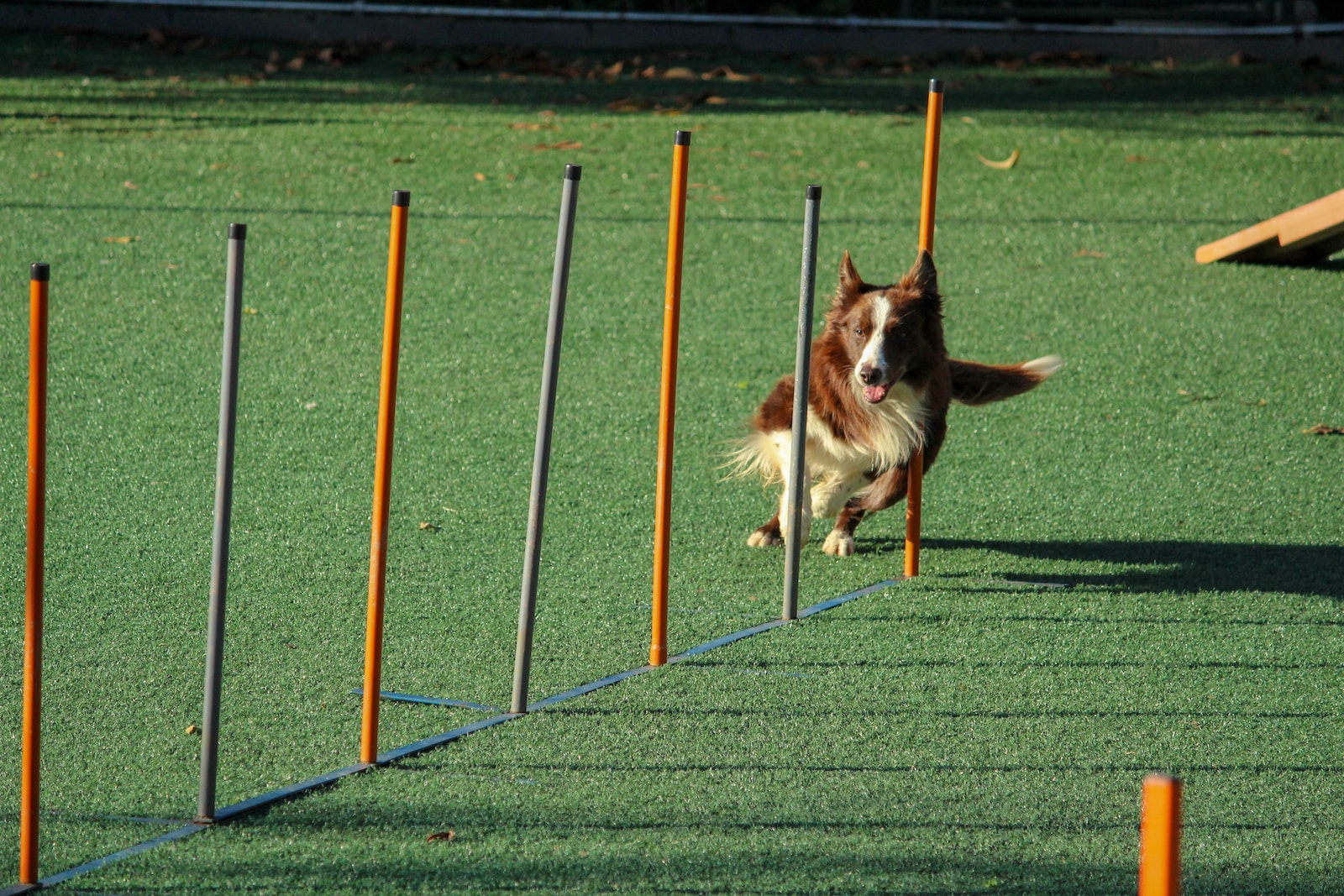From Assessment to Action – Using Function to Guide Care
Focus Keyphrase: dog functional assessment care decisions
Meta Description: Learn how understanding your dog’s functional capacity across three dimensions transforms care decisions from reactive to proactive.
Tags: FAT, Functional Assessment Tracking, functional-assessment, proactive-care, health-monitoring, care-decisions, early-intervention, dog-wellness, systematic-assessment, canine-health, preventive-care, whole-dog-approach, functional-capacity, individual-baselines
Understanding how your dog is functioning across physiological, cognitive, and social dimensions transforms care decisions. Instead of reacting to individual behaviors, you can address underlying functional challenges that support overall well-being.
Why Functional Assessment Matters
Traditional approaches often focus on individual symptoms or behaviors in isolation. FAT provides a comprehensive view of how well your dog is functioning as an integrated being. This systems approach reveals patterns that casual observation misses.
Early Detection
Subtle changes in function often precede obvious problems. A slight shift in sleep patterns combined with minor changes in social interaction might indicate developing discomfort weeks before obvious symptoms appear.
Interconnected Patterns
When we track all three dimensions simultaneously, we can see how challenges in one area affect others. Poor sleep (physiological) might impact learning ability (cognitive) and social patience (social).
Individual Baselines
Every dog functions differently. FAT establishes what’s normal for YOUR dog, making it easier to recognize when something changes.
Objective Documentation
Rather than relying on subjective impressions like “seems off today,” FAT provides systematic data that can be shared with veterinarians, trainers, or other professionals.
Practical Applications
A dog showing increased reactivity might not need more training—they might need assessment for physical discomfort that’s affecting their stress tolerance. A dog struggling with training might not be “stubborn”—their cognitive systems might be overwhelmed by environmental factors.
FAT doesn’t tell us why dogs do what they do. Instead, it reveals how well they’re functioning in the moment, providing the systematic information needed to support their overall well-being as complete, integrated beings.
This shift from behavior-focused to function-focused assessment honors dogs as complex individuals deserving comprehensive care that addresses their needs as whole beings, not just their actions.
Transform how you understand your dog’s needs.
No credit card needed to start. Discover the power of systematic functional assessment.
Why “Normal” Doesn’t Apply to Your Dog
Focus Keyphrase: individual dog differences normal vs typical
Meta Description: Discover the research behind individual differences in dogs and why ‘typical for your dog’ matters more than population averages.
Tags: FAT, Functional Assessment Tracking, individual-differences, canine-research, typical-not-normal, dog-personality, cognitive-differences, canine-cognition, individual-assessment, dog-behavior-research, Alexandra-Horowitz, functional-baselines, personalized-care, unique-dogs
Recent studies in canine cognition confirm what experienced dog handlers have long observed: dogs show remarkable individual differences in learning styles, problem-solving approaches, and social preferences. These aren’t deficiencies to be corrected—they’re individual functional profiles that deserve recognition and support.
The Research Behind Individual Differences
Dr. Alexandra Horowitz’s research has documented significant individual variation in dogs across multiple functional areas:
- Attention and focus capabilities vary dramatically between individuals
- Problem-solving persistence and strategies differ based on cognitive style
- Social learning preferences versus independent exploration show wide ranges
- Environmental sensitivity and stress responses are highly individual
These differences aren’t random quirks—they’re systematic patterns that reflect how each dog’s cognitive systems process information and respond to their environment.
Beyond “Normal” to “Typical”
One of the most important distinctions in understanding individual differences is moving from asking “Is this normal?” to “Is this typical for this individual dog?” FAT embraces this concept by establishing baselines for each dog across all three functional dimensions.
Consider cognitive function: there’s no universal “normal” for how dogs think, learn, and process information. Some dogs are naturally quick to focus but easily overwhelmed, while others are slow to engage but persistent once started. Some are socially motivated learners who thrive on interaction, while others are independent thinkers who prefer to problem-solve alone.
Individual Function Across All Dimensions
Physiological Individuality
Some dogs naturally eat quickly while others graze throughout the day. Some require more sleep, others less. Some are naturally active, others more sedentary. FAT establishes what’s typical for each individual rather than comparing to breed standards or population averages.
Cognitive Individuality
The cognitive assessment in FAT doesn’t measure dogs against a universal standard but tracks what’s typical for that individual’s learning style, attention patterns, and problem-solving approaches.
Social Individuality
Dogs have vastly different social preferences and comfort levels. FAT recognizes these differences and tracks how well each dog is functioning within their own social style rather than expecting all dogs to be social butterflies.
This individualized approach doesn’t lower standards—it recognizes that optimal function looks different for every dog. A naturally reserved dog functioning well within their social comfort zone deserves the same respect as a naturally gregarious dog who thrives on constant interaction.
Discover what’s typical for YOUR dog.
Establish individual baselines that honor your dog’s unique functional profile.
References
- Horowitz, A. (2016). Being a Dog: Following the Dog into a World of Smell. Scribner.
- Horowitz, A. (2009). Attention to attention in domestic dog (Canis familiaris) dyadic play. Animal Cognition, 12(1), 107-118.




